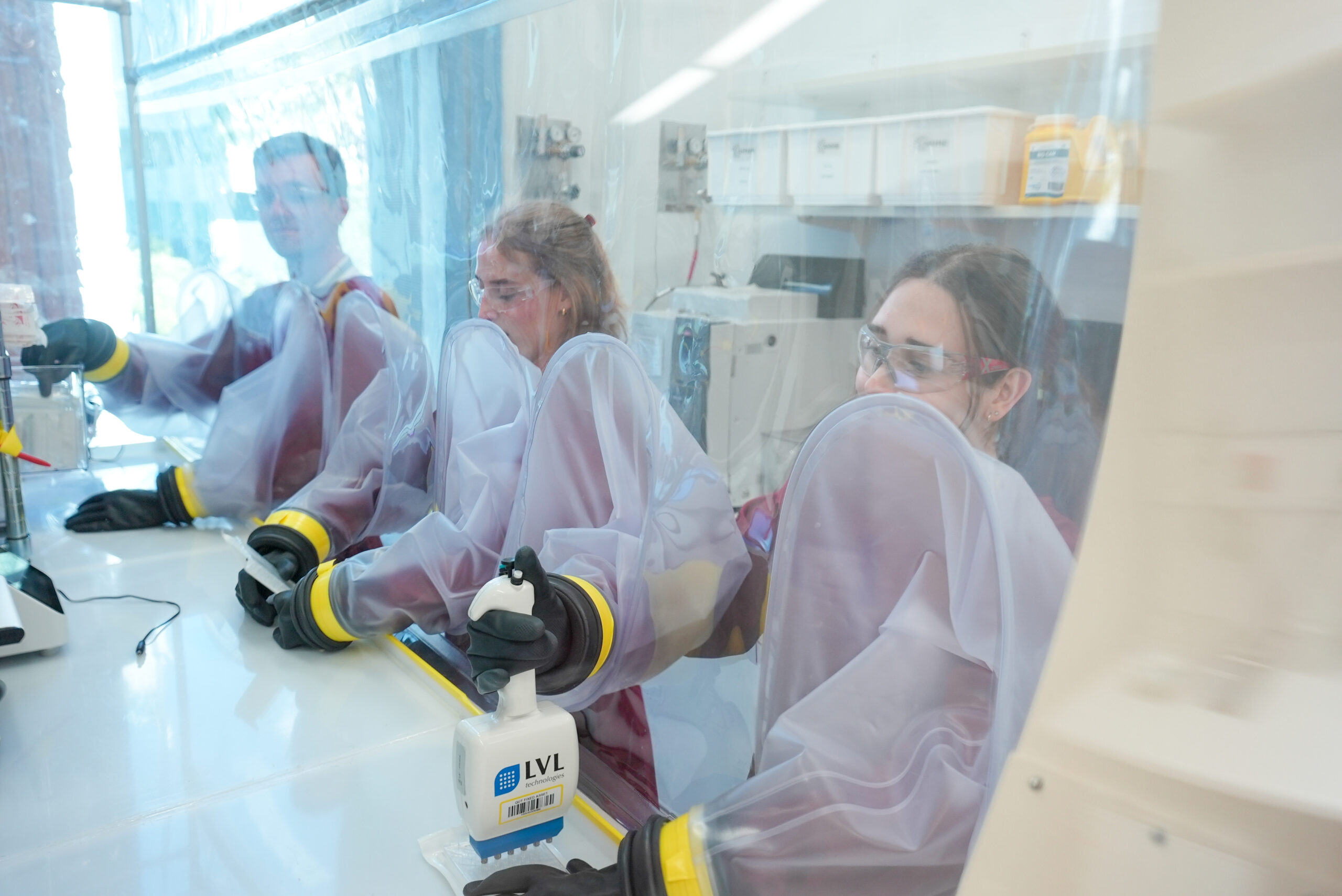Biobanks play a crucial role in advancing scientific knowledge and medical research in several key ways, from understanding disease mechanisms and biomarker discovery to drug discovery and development.
In a biobank, samples harvested from various areas of the human body are meticulously collected, preserved, and cataloged. These samples, teeming with microbial life, hold the key to unlocking profound insights into the complex relationship between bacteria and human health. From the bustling communities inhabiting our gut to the intricately balanced ecosystems adorning our skin, each sample harbors a wealth of knowledge waiting to be discovered.
Join us on a journey into the fascinating world of biobanking, where every sample tells a story and every discovery holds the promise of transforming our understanding of ourselves and the microbial world within us.
Think of our biobank like a giant library, but instead of books, it stores microbes from the human body.
Here’s how it works:
So, in simple terms, a biobank is like a special library that holds samples from the human body, allowing scientists to study them to learn more about bacteria and how they impact our health. It’s so important to build facilities, like AHMB, to support scientists’ work and research.
Together, we can help improve Australian health.

Establishment of the AHMB is supported by a research grant from the Australian Government Medical Research Future Fund.
It will build on a partnership between the Centre for Microbiome Research and Microba Life Sciences, a precision microbiome science company that is developing new health products and therapeutics from the human gut microbiome.

